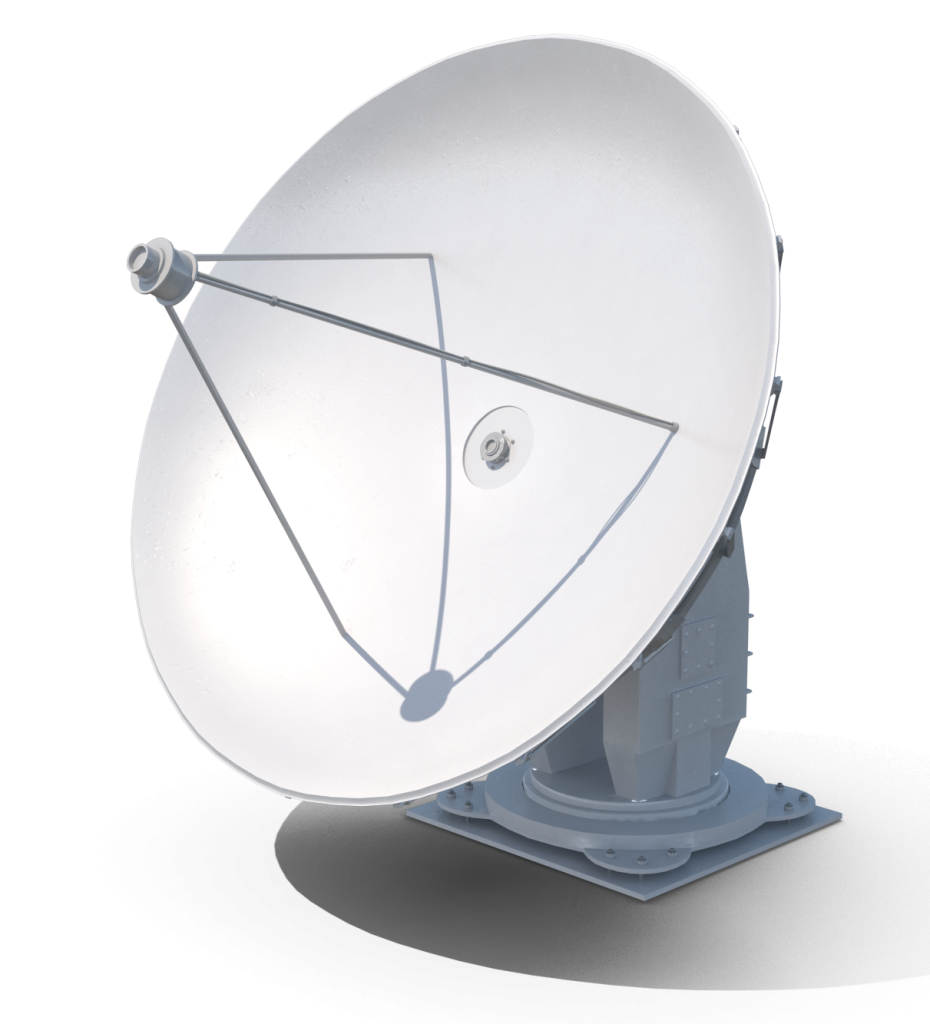It’s no secret that some ho-hum, everyday technology has evolved from top-secret military, defense and government projects. You’re using a popular invention right now: the internet, which evolved from the 1969 Advanced Research Projects Agency Network (ARPNET). If you’re ready to dive into a deep discovery hole that also includes GPS satellites, microwave ovens (which started as a radar amplifier but have now perfected popcorn) and duct tape, bookmark this NATO link for later.

Optical communication, tracing its origins back to ancient Greece, serves as a fundamental element in fiber optic transceivers and active optical cables (AOCs) and:
- TOSA (Transmitter Optical Sub-Assembly). TOSAs convert electrical signals into optical signals for transmission and are typically composed of a laser or light-emitting diodes (LEDs), optical interface, monitor photodiode, metal and/or plastic housing and electrical interface.
- ROSA (Receiver Optical Sub-Assembly). ROSAs receive and convert incoming optical signals back into electrical signals for processing and are typically made up of a photodiode, optical interface, metal and/or plastic housing and electrical interface.
- BOSA (Bi-directional Optical Sub-Assembly). A combination of TOSA, ROSA and a wavelength division multiplexing (WDM) filter is a key component found of optical transceivers.
All these optical communication modules and sub-assemblies are in the development of innovative datacom systems including specialized applications for defense, military and government applications.
Why develop using TOSA, ROSA and BOSA instead of transceivers?
Defense and government contractor OEMs may use TOSA, ROSA and BOSA optical subassemblies instead of transceivers to:
- Allow for greater customization, control and integration while meeting very precise specifications
- Easily upgrade and interchange sub-assemblies without complete system design changes, especially true for modular designs or R&D work
- Easily test, evaluate or troubleshoot prototypes or performance with simpler, individual optical components
- Reduce replacement costs or delay equipment upgrades in prototype or legacy systems
- Specialized functionality that is not available in standard transceiver form
- Flexibility needed for the exploration of new technologies and concepts before committing to a full or customized transceiver solution
- Reduce costs when the full features of transceivers aren’t needed
TOSA, ROSA and BOSA applications in global defense and government systems
Defense contractor OEMs may opt to procure TOSA, ROSA and BOSA components individually, rather than complete transceivers or AOCs, in accordance with project specifications and application demands. This strategy allows for adaptability and assimilation of optical subsystems within a broader framework or directive, allowing for the precise selection of optical components that best align with the designated military and defense application.
High-Speed Data Transmission. In modern military communication systems, high-speed data transmission is critical. TOSAs, ROSAs and BOSAs enable the rapid exchange of data, making them suitable for applications like secure communication, data link, and network connectivity in defense networks.
Secure Communication and Networks. The immunity of optical signals to electromagnetic interference (EMI) and the potential for encryption make TOSA-, ROSA- and BOSA-based optical communication ideal for secure data transmission. Defense contractors use TOSA, ROSA and BOSA components to build secure optical networks for transmitting classified and sensitive information within defense organizations and systems to network defense infrastructure military bases, command centers and tactical units.
Tactical Networks. TOSA and ROSA components are used in portable and ruggedized optical transceivers for establishing these networks in remote or challenging environments.
Sensors, Surveillance and Reconnaissance. In military sensor-based surveillance systems, optical transceivers are paired with ROSAs to receive data from sensors, cameras and other surveillance equipment for either rapid or stored processing and analysis.
Aerospace, Submarine, Maritime and Avionic Communication. Military aircraft and aerospace electronics systems for use TOSA and ROSA components to help establish reliable data links and communication systems for mission-critical applications.
Electronic Warfare (EW). In EW applications, TOSA and ROSA components as part of a larger optical communication system can be used for jamming systems, signal intelligence (SIGINT) and electronic countermeasures.
Satellite Communication. TOSA and ROSA components in military satellite communication terminals help transmit and receive data from satellites, ensuring reliable communication in remote and mobile military operations.

Missile Guidance. In guided missile systems, TOSA and ROSA components may be used to establish communication links between the missile and its guidance system or operator, allowing for precision targeting and guidance updates during flight.
Browse our TOSA, ROSA and BOSA products >
TOSA, ROSA and BOSA optical components are vital for enabling high-speed, efficient, secure, and reliable optical communication in various defense applications. Vitex’s TOSA products are available in analog, CWDM, DWDM and more. ROSA models are available in PIN and APD.
For OEMs interested in Vitex’s wide range of TOSAs, ROSAs, BOSAs or transceivers and AOCs, talk to a Vitex fiber optical engineer. For every industry and application, we’ll work with you and your team to optimize a solution, develop the right product and resolve communication challenges.
Questions?
We’ll connect you with the right solution.

